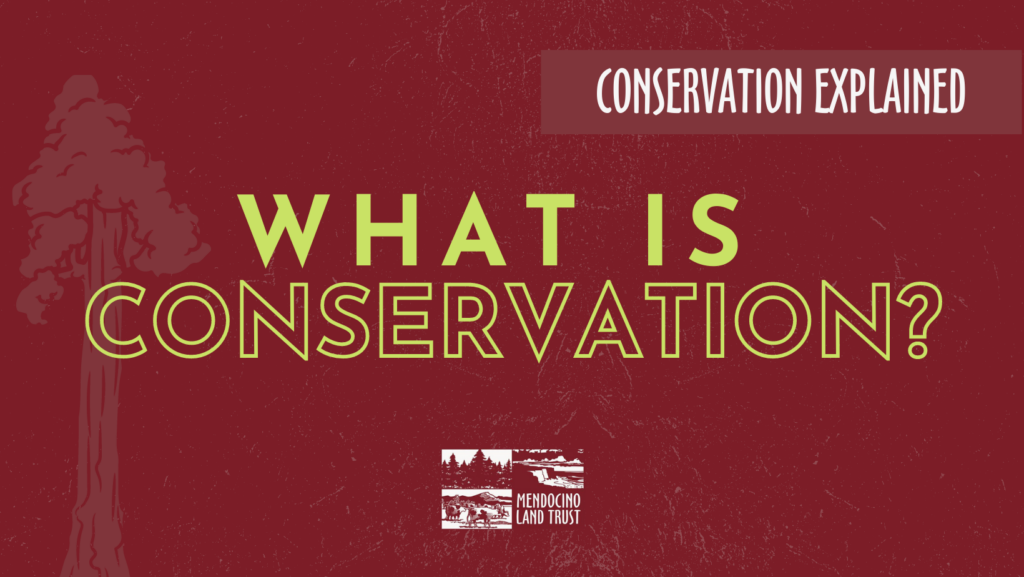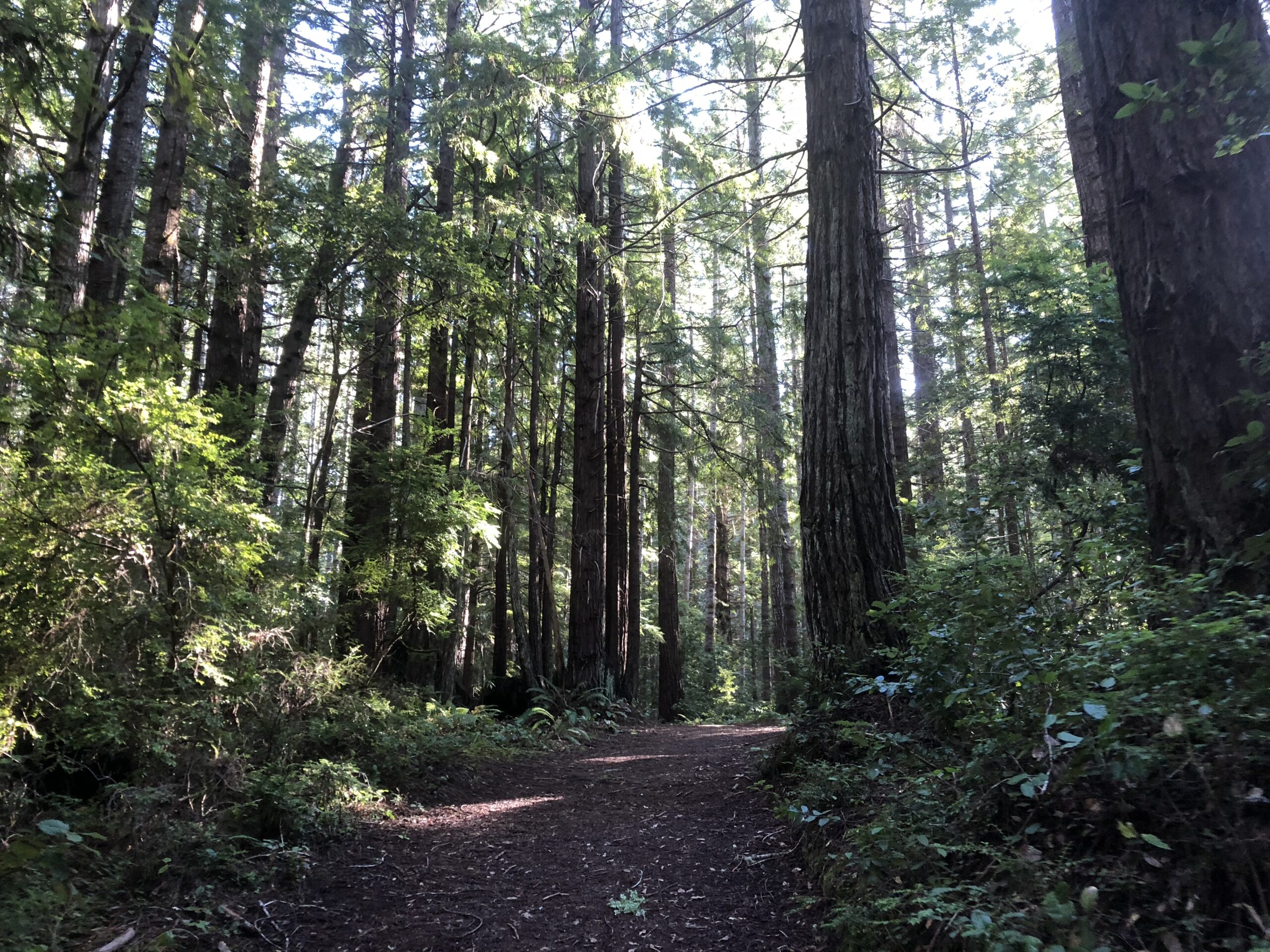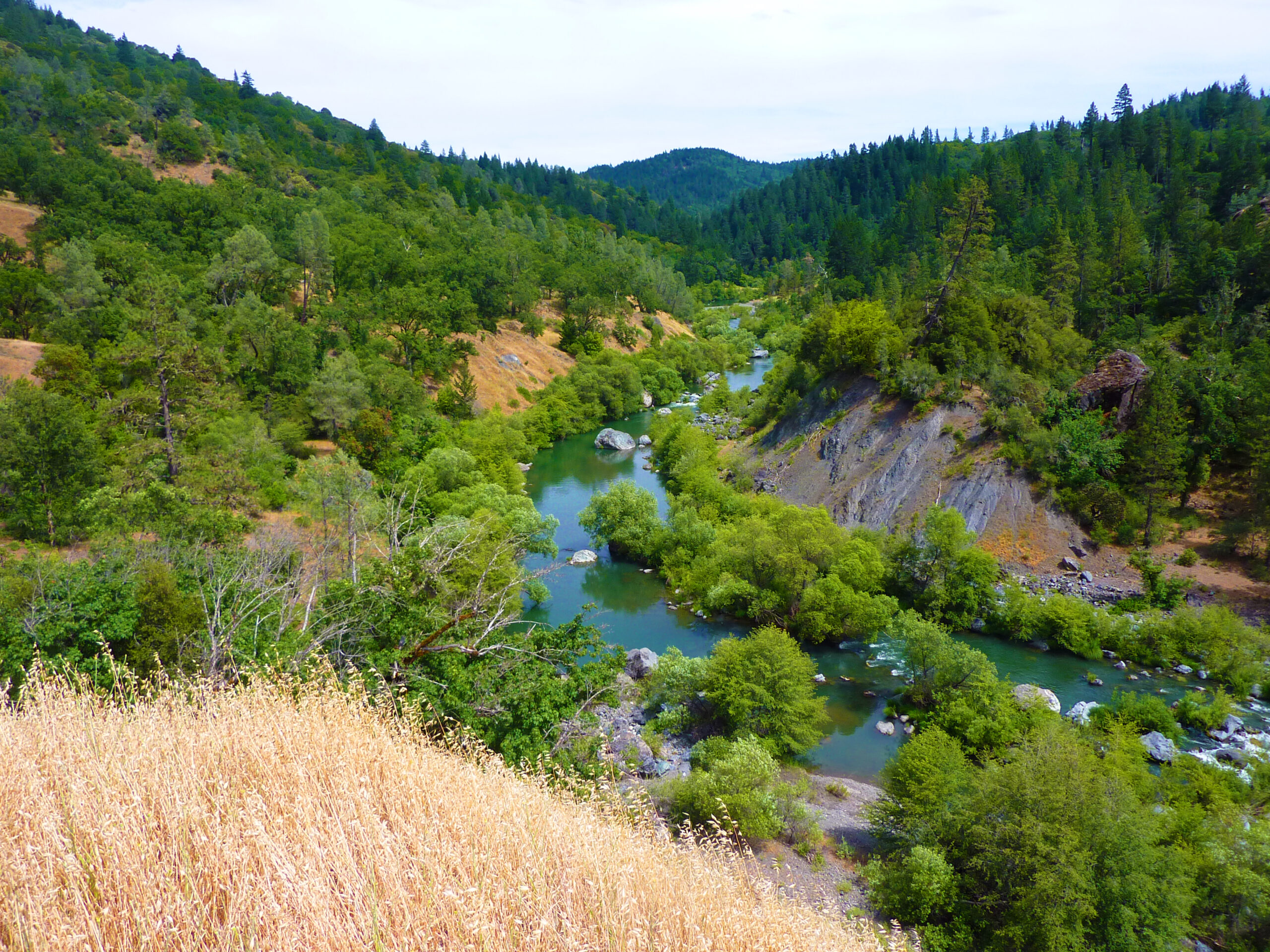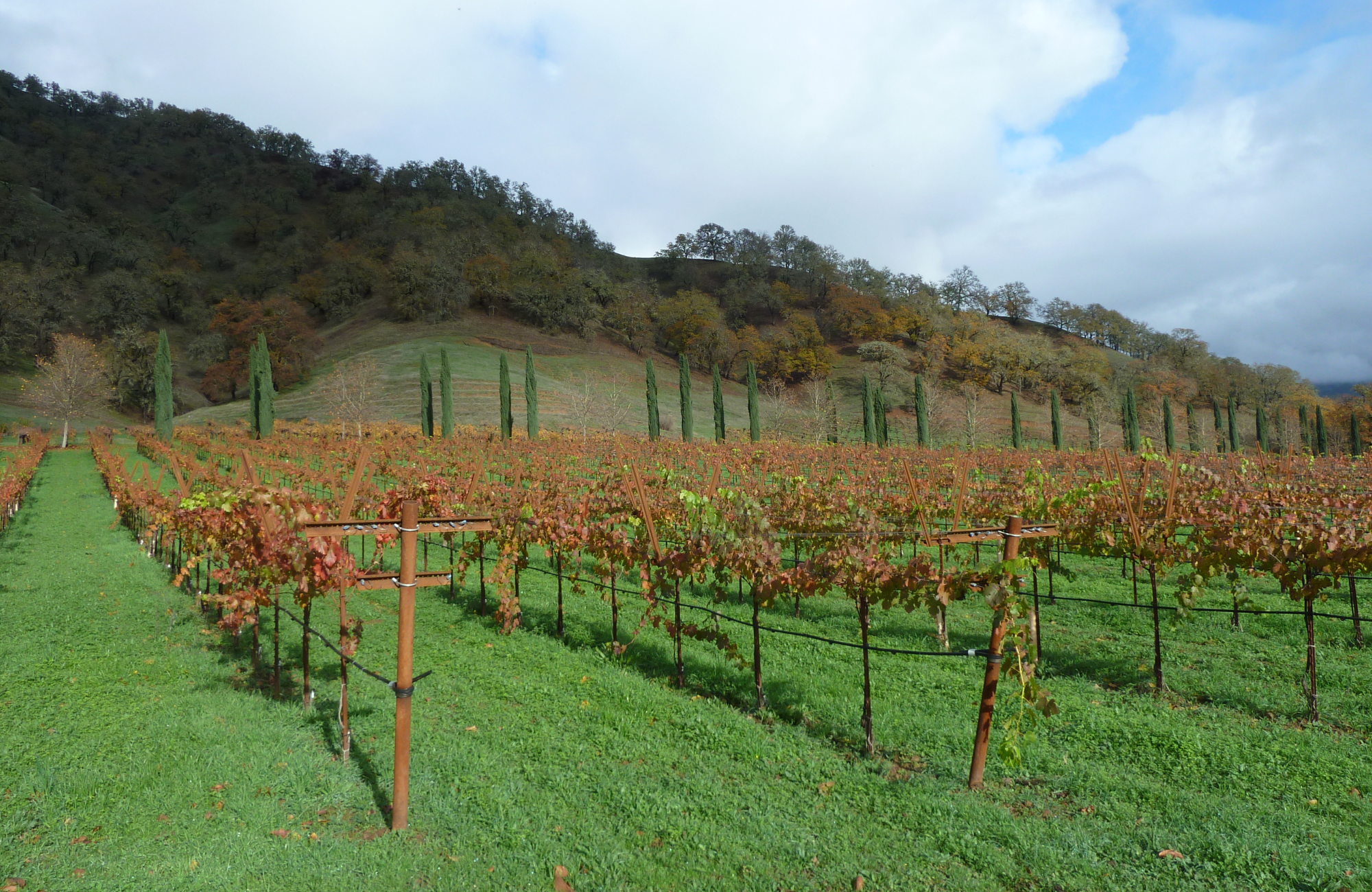News
What is Conservation?
January 27, 2023

What is Conservation is another in our occasional series on issues in conservation, Conservation Explained. This time we go back to basics.
Let’s start at the very beginning. Here is our mission: The Mendocino Land Trust conserves and restores habitat, scenic areas and working lands while also providing public access to beautiful places.
What exactly does it mean to conserve something?
Merriam-Webster says conservation is “a careful preservation and protection of something; especially: planned management of a natural resource to prevent exploitation, destruction, or neglect.”
Many things can be conserved – think back to your physics education and you may remember the conservation of matter. And anyone who’s careful with money or plastic or quilt scraps is conserving resources, too. We at MLT conserve land.
The dictionary definition tracks pretty closely with what we, and other land trusts, do. We carefully – deliberately – protect the land we steward to prevent exploitation, destruction or, where appropriate, neglect. (Sometimes, neglect is good for restoration, but it’s still a carefully considered decision.)



How is land conserved?
Land trusts all over the U.S. are tasked with conserving land, most often in agreement with private landowners. Governments conserve big tracts – think state and national parks – while land trusts generally conserve smaller parcels. There are three primary ways we protect that land: conservation easements, fee-ownership and transferring parcels to other stewards.
A conservation easement is an agreement between a landowner and a land trust to limit development on a particular piece of land in perpetuity. (For more on this, check out our discussion here.) Fee-ownership is just another way of saying that we take ownership of the land; Seaside Beach and Pelican Bluffs are preserves MLT owns. Lastly, occasionally we work with several landowners or agencies to conserve a piece of land and then dispose of it to another entity to look after; for example, the Caspar Uplands was acquired by MLT in 2000 but now belongs to California State Parks. And, yes, if you’re wondering, “dispose” is the technical term for “transfer.”
We decide whether land is worth conserving by determining its conservation values and put the most effort into conserving pieces with high conservation value. Determining whether something has conservation value is complex, but it usually includes surveying the land for important or endangered species, vital habitat, whether it is contiguous with other conserved lands, and even what public access is available. Increasingly, land trusts are attempting to estimate the carbon reserves of a given parcel, though this is difficult to measure. Still, fighting climate change is one reason land trusts do what they do, and this is an exciting avenue for our growth. Also, land trusts increasingly consider the cultural and social values of a piece of land, especially to tribal communities nearby.